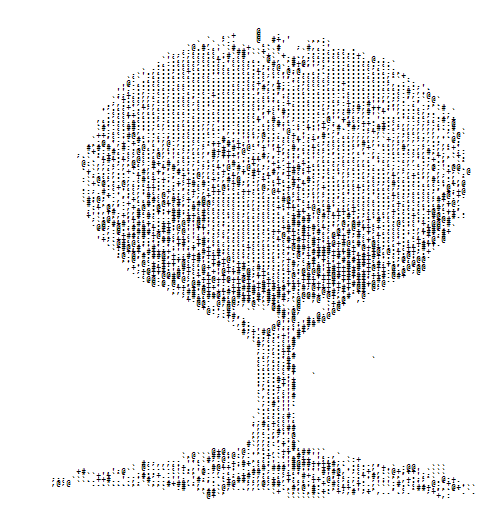If an Election Falls in a Forest and No One Hears It...

NDI works with the best citizen election monitoring teams in the world. As we've described in the past our partners are really good at getting the information in quickly. The question then becomes what you do with it - and traditional methods need to change here, too. I'm currently working in Ghana with CODEO, the Coalition of Domestic Election Observers on just such a project.
These days, standard press conferences are not enough. Getting excellent data quickly is useless if you can't also turn it around and share it with the people equally rapidly. It's the tree-falling-in-the-forest problem: if your organization has the best information in the world but no one knows has heard it, what's it all for?
NDI's election observation partners often know better what's taking place on the big day than the electoral authorities themselves. There's an irony there: at the very moment when the eyes of a country and the world are focused on a particular election these partner organizations know exactly what's going on - and have traditionally had no ability to share it.
Well, that's now changing.
The most important information and analysis requires the complete picture to draw the most wide-ranging and significant conclusions possible, and that ain't happening until all the data is in. But the individual snippets of information still have value.
Near-real-time anecdotal information helps shade in a picture. Quick reports on early sets of qualitative information are useful. A map showing where your observers are and what they've seen for law violations helps provided context on the relative proportion of issues. All of this information is necessarily incomplete, partial and prone to misinterpretation; at the same time, there's such an information vacuum on election day that some information is better than perfect information.
There are challenges with these new opportunities. Pre-loading communication not only requires new thinking and a different strategy: it also requires time and familiarity with new ways of sharing information. Traditionally a final press release or statement would go through multiple rounds of revision and be vetted by the very highest levels of an organization. That's clearly not happening for every tweet or Facebook post that goes out.
One single piece of data doesn't paint the whole picture. Some of the greatest value of an organization like CODEO is that they are able to aggregate the thousands of datapoints from systematically deployed and trained observers. Any one point on its own can be misleading; by putting the individual elements out there without the benefit of professional analysis people may draw unjustified conclusions.
We're three weeks away from the election and the eyes of the world are starting to glance in this direction, so it's a good time to get started. After we get rolling you can check out their work on Facebook and follow them on Twitter at @CODEOelections.
